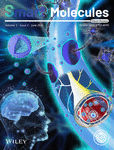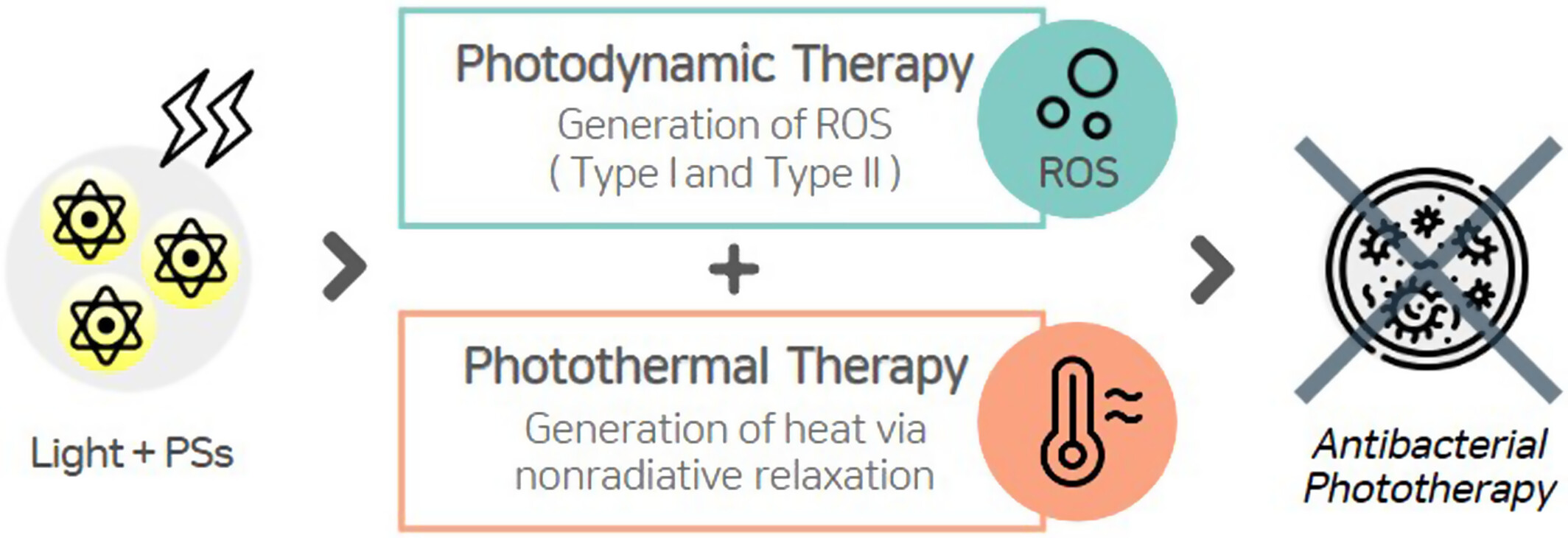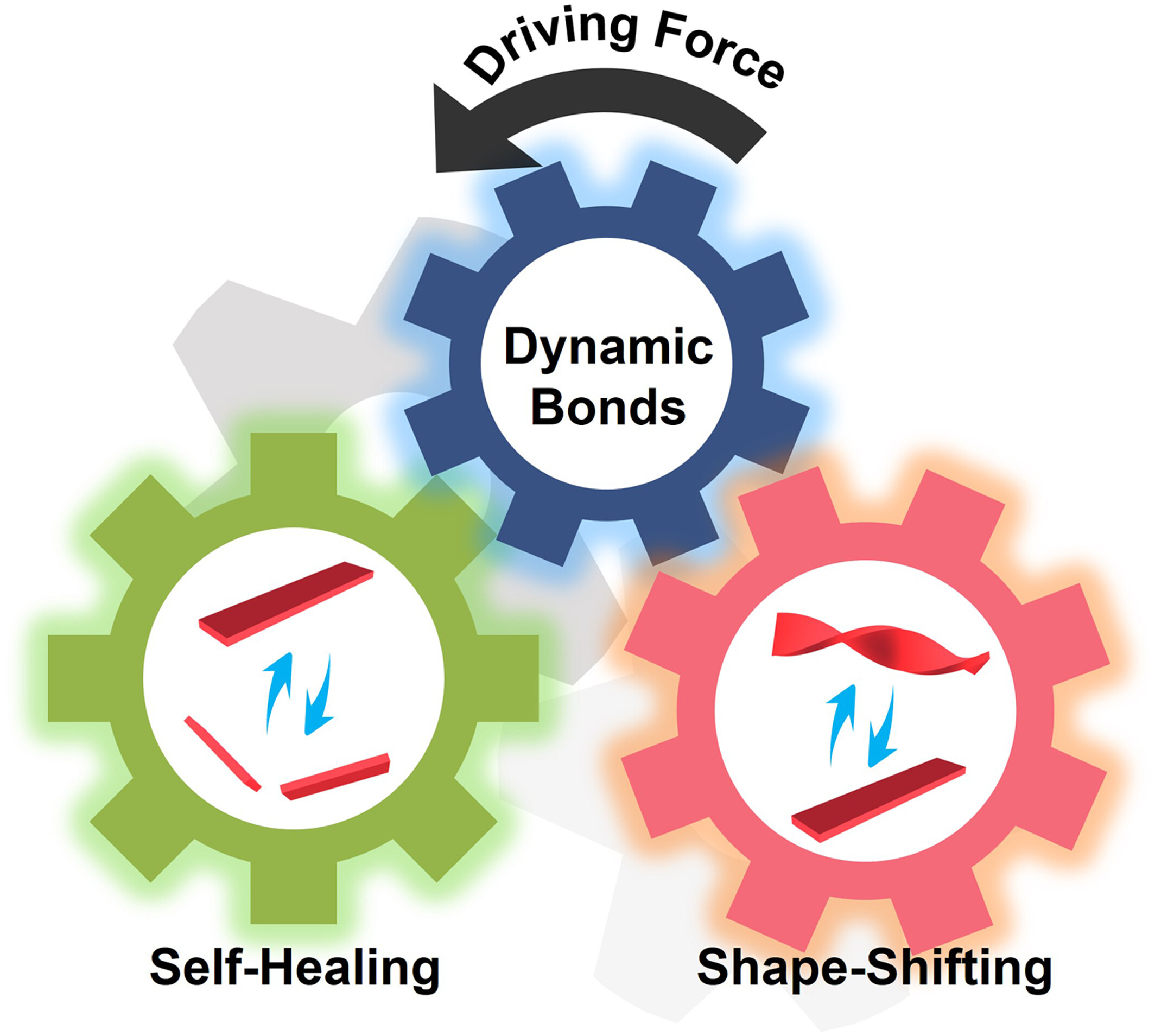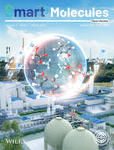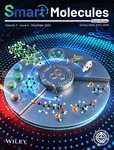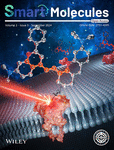Smart Molecules is a multidisciplinary journal, with an engaged journal editorial board, focused on advancing the intelligent design of molecular based systems.
Publishing experimental and theoretical approaches dealing with molecules based functional systems that show response to external stimuli such as light, heat etc.
Why publish in Smart Molecules?
- Your work will have an increased audience and impact with open access; it will be available to read, download and share with ease.
- Because open access fees are currently waived there's no cost for making your work accessible to everyone.
- Engage across subject boundaries and make connections with researchers in other fields. Our scope is broad to encompass chemistry, physics, materials, engineering, biology, medical, life and health science.
- Increase the visibility of your work, with our active Editorial Board. Our editors routinely attend major scientific conferences and closely engage with readers and authors.
- Collaborate with a global and diverse expert team of editors, chosen by our publishing partners, Dalian University of Technology, a Double First Class University in China.
Articles
Cover
- 30 June 2025
Graphical Abstract
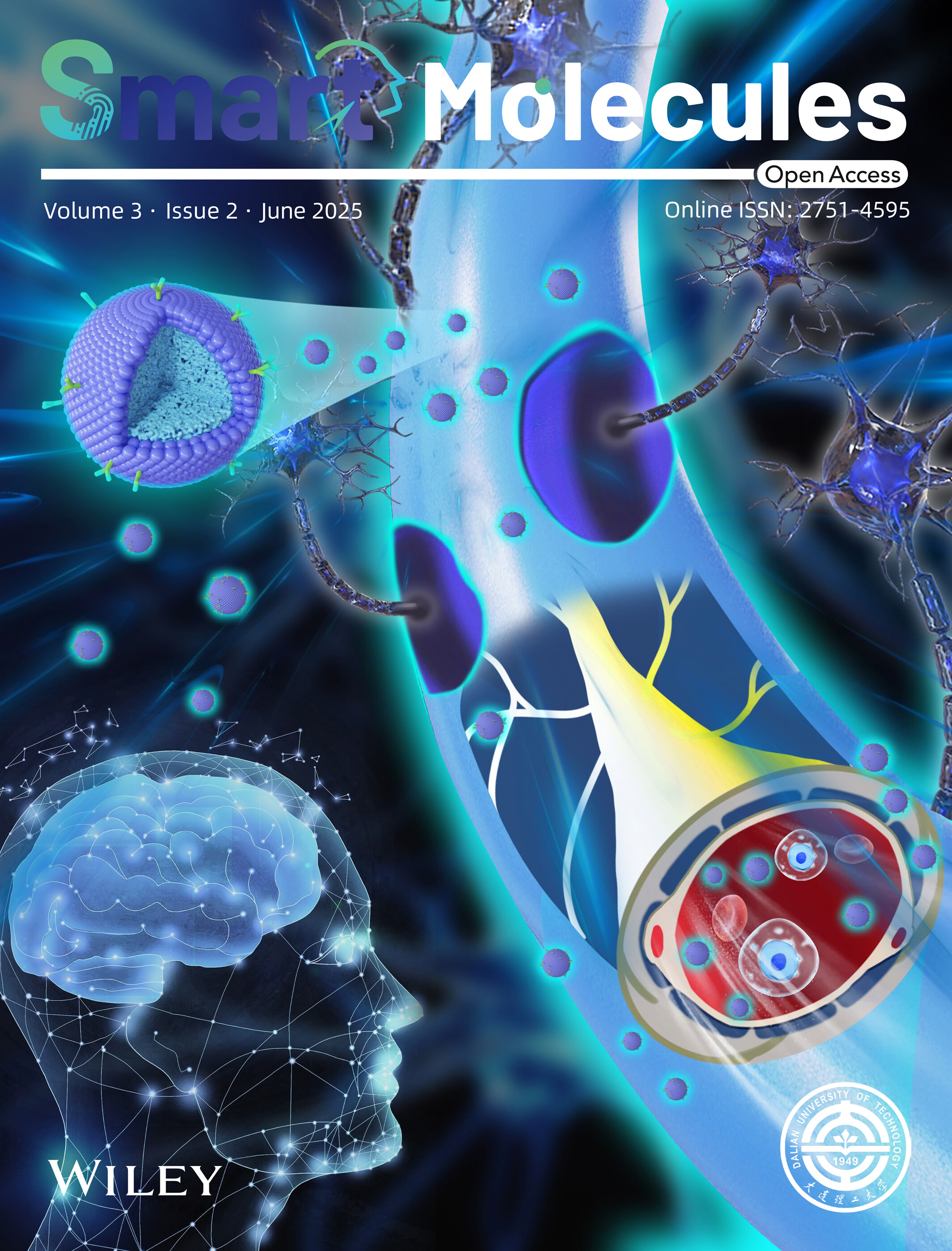
The blood-brain barrier (BBB) critically protects the central nervous system (CNS) but restricts drug delivery. This article explores innovative strategies to enhance BBB permeability. It also addresses clinical challenges including biocompatibility, scalable production, and personalized solutions, outlining future research directions for safe CNS therapeutic breakthroughs.
Curcumin ameliorates hyperuricemia and gout‐induced damage via modulating the ROS‐dependent NEK7‐NLRP3 inflammasome activation
- 11 June 2025
Graphical Abstract
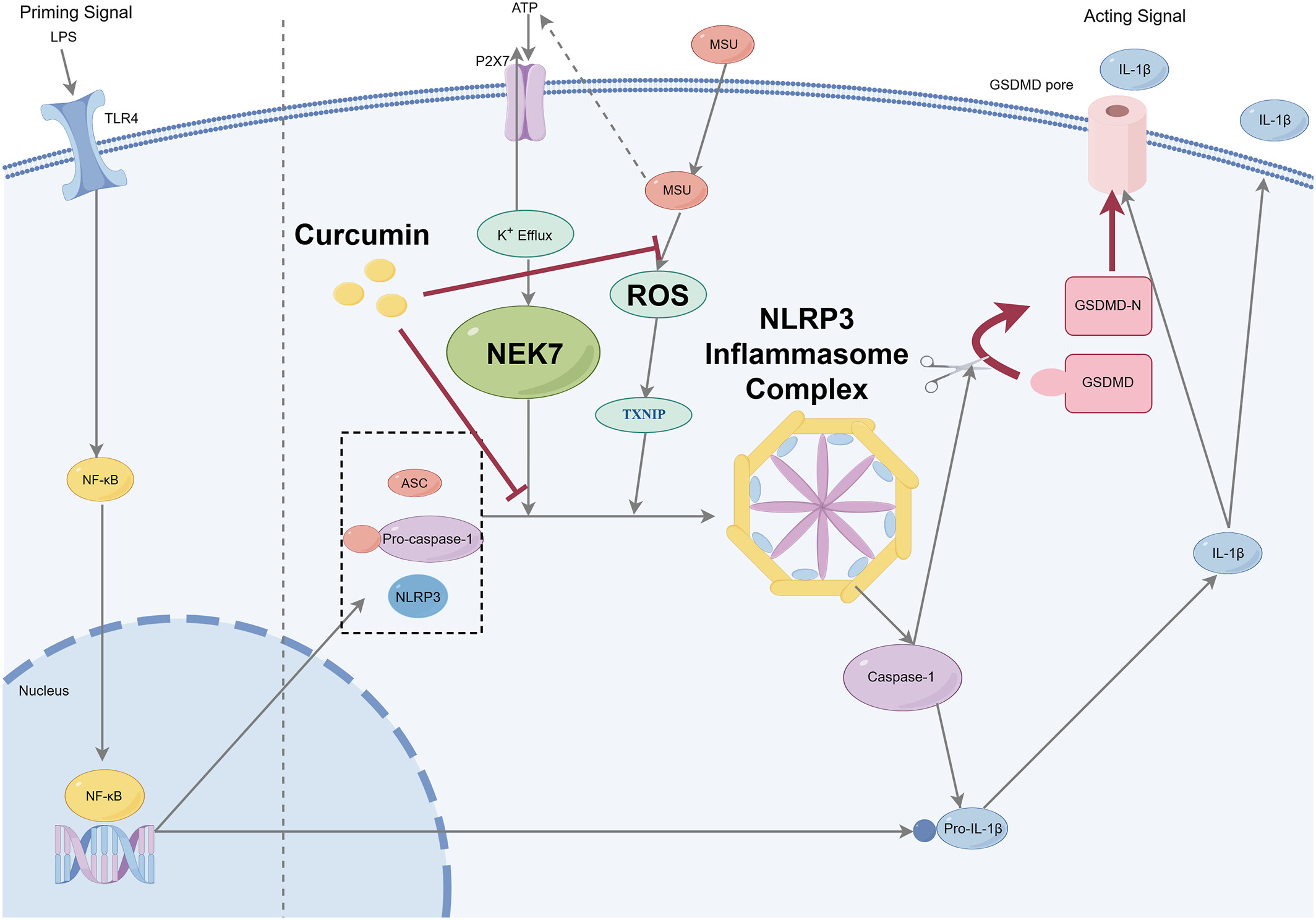
Curcumin inhibits the ROS/NEK7-NLRP3 inflammasome pathway by reducing reactive oxygen species (ROS) levels and disrupting the association of the NEK7-NLRP3 complex. These combined effects of curcumin result in suppression of the GSDMD-N pyroptotic pore formation and subsequent reduction of IL-1β release.
A recyclable type‐I photosensitizer to enable red‐light‐driven gram‐scale aerobic photocatalysis
- 4 June 2025
Graphical Abstract

We report a recyclable type-I photosensitizer, EtNBS-H, which enables efficient red-light-driven photooxidation with conversion exceeding 99%. Its strong absorption of red light enhances its scalability for industrial applications. EtNBS-H can be easily recovered and reused through a simple pH-tunable acid-base reaction, achieving a recovery rate of over 94%, making it a promising candidate for sustainable green synthesis.
Circularly polarized luminescence from supramolecular assemblies based on small molecules
- 30 May 2025
Graphical Abstract
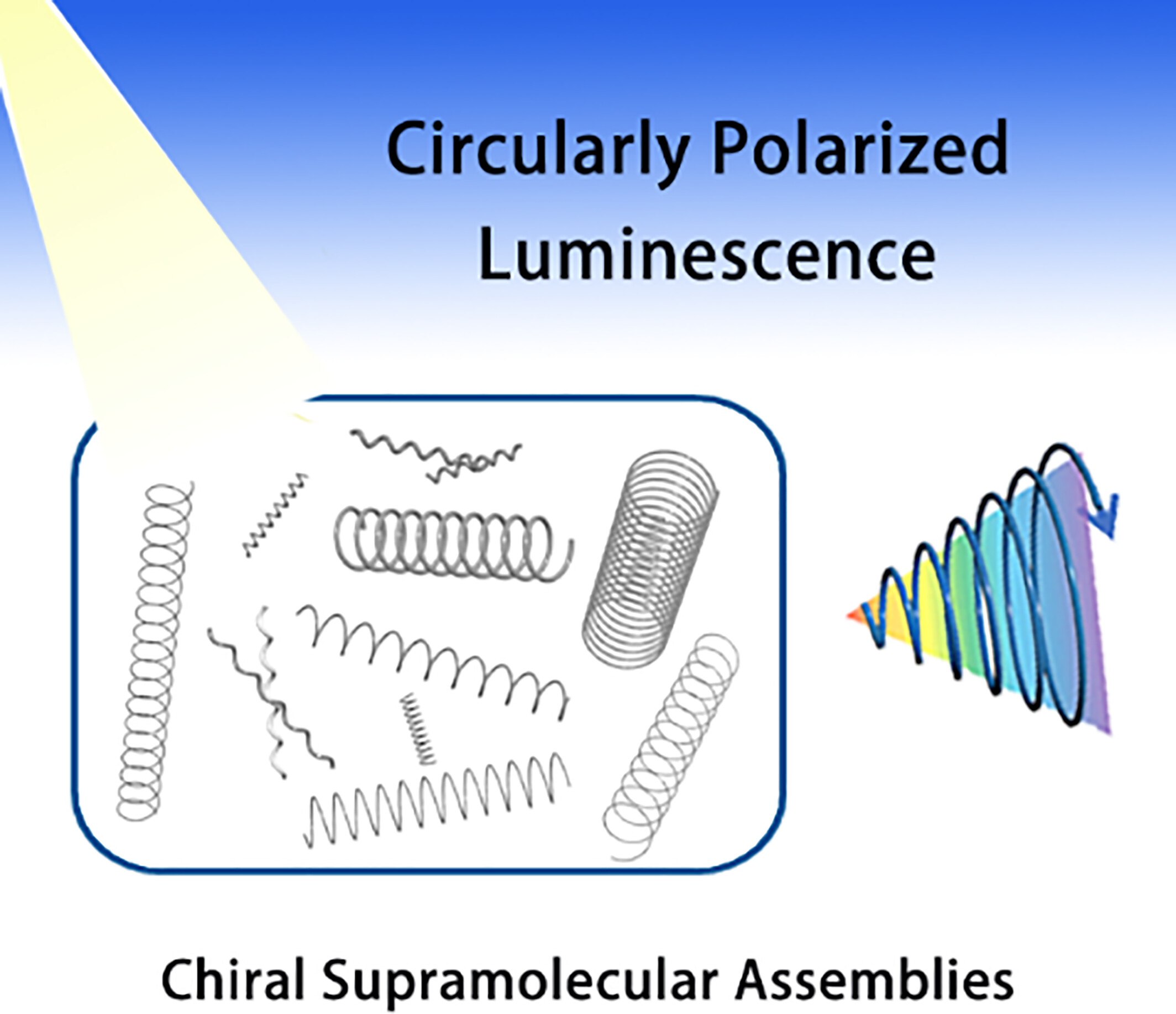
This minireview outlines the recent advances of circularly polarized luminescence (CPL)-active supramolecular assemblies based on small molecules. It covers fundamental concepts of CPL, typical design strategies of CPL-active materials—including the assembly of chiral luminophores, the assembly of chiral components and achiral luminophores, and the assembly of achiral luminophores—and their applications. Additionally, it discusses the challenges of this field.
Microneedle delivery systems for vaccines and immunotherapy
- 25 April 2025
Graphical Abstract
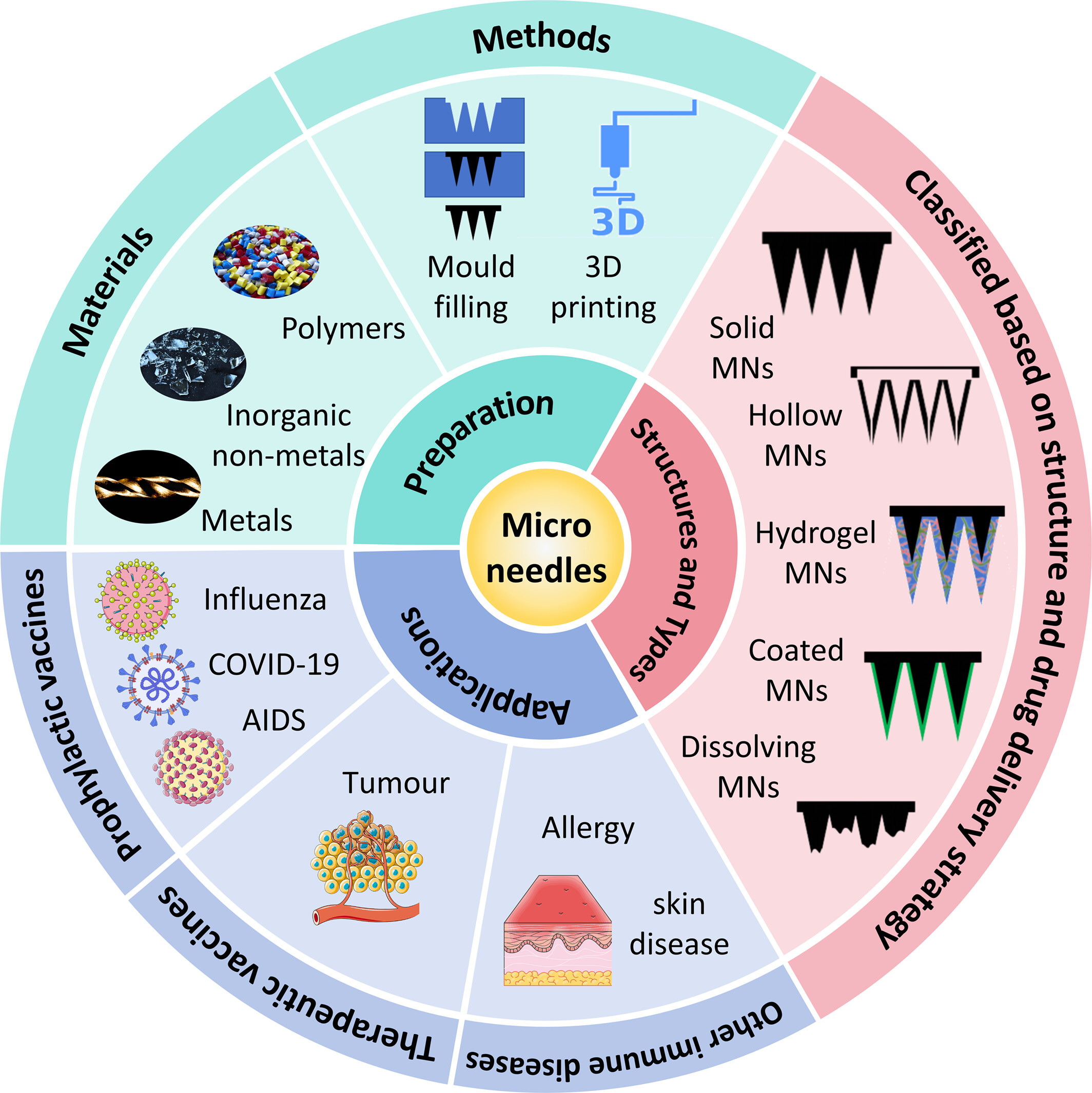
This paper reviews the preparation methods and materials of microneedles for drug delivery, summarizes the structures and types of microneedle systems, analyzes the influence of antigens and adjuvants on the efficacy of microneedle vaccines, and reviews the current application status of microneedles in the fields of vaccines and immunotherapy by listing microneedle vaccines used for the prevention or treatment of different diseases.
The following is a list of the most cited articles based on citations published in the last three years, according to CrossRef.
A review on renewable energy: Conversion and utilization of biomass
- 10 October 2024
Graphical Abstract
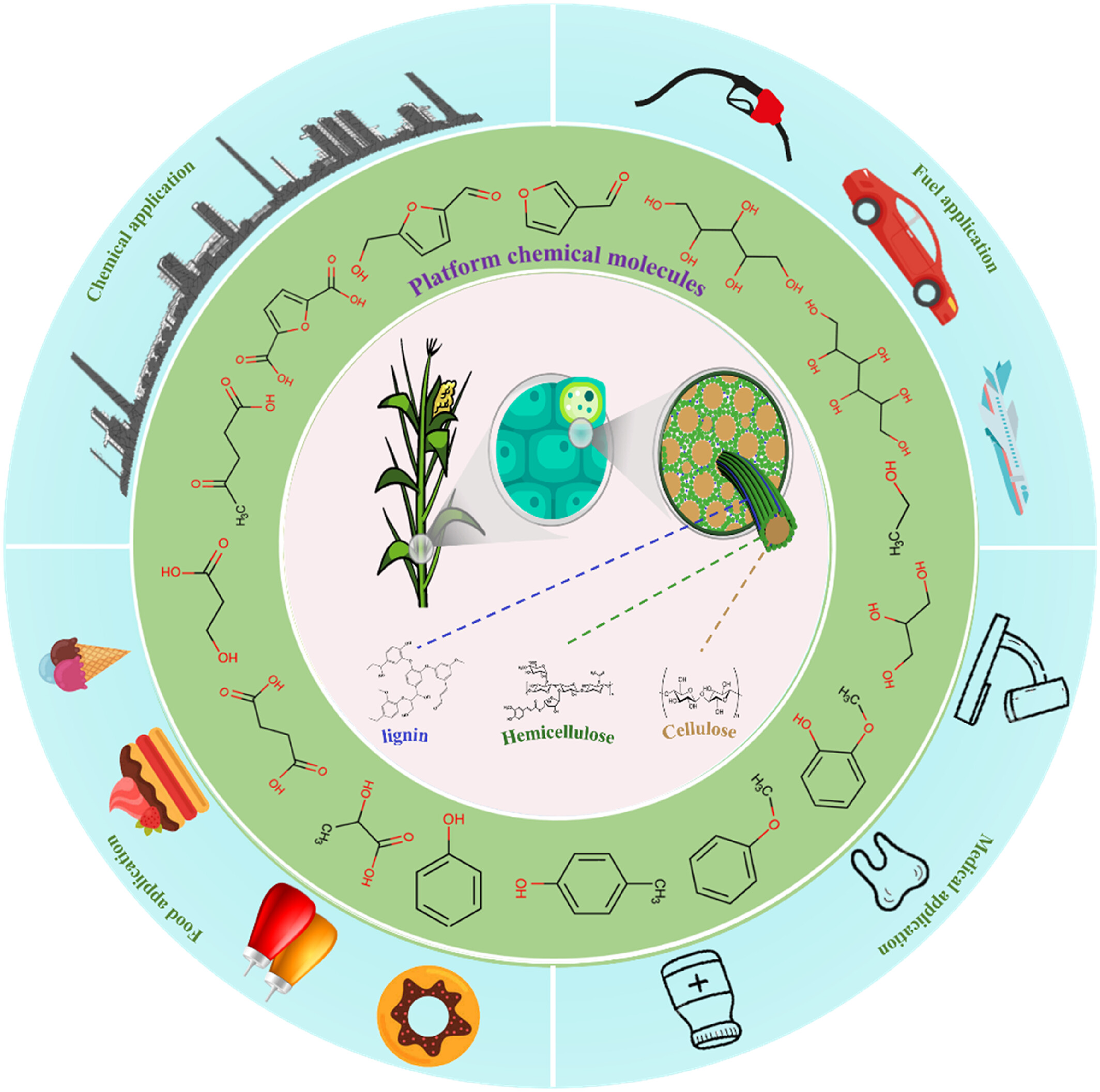
In recent years, many reviews have primarily focused on the conversion of biomass into biofuels or its value-added through various methods, such as pretreatment methods, conversion techniques, and types of catalysts. Therefore, this paper comprehensively summarizes the latest progress in the conversion of lignocellulose into high-value chemicals and fuels. While briefly introducing the structure of biomass, it discusses the advantages and disadvantages of different pretreatment methods and further explores the main pathways and methods for the value-added of cellulose/hemicellulose and lignin (Figure 1). In the future, the development of biomass conversion technology will focus on the design and development of efficient catalysts, particularly those with high activity, selectivity, and stability, as well as the optimization of biocatalysts. In terms of process integration and optimization, coupling different conversion technologies with intelligent control can enhance overall efficiency and economic viability. The advancement of biomass value-added technologies will promote the efficient and sustainable utilization of biomass resources, providing a solid technical foundation for the development of a green economy.
Dual‐acceptor engineering of donor‐acceptor type molecules for all‐round boosting anti‐tumor phototherapy
- 23 November 2023
Graphical Abstract
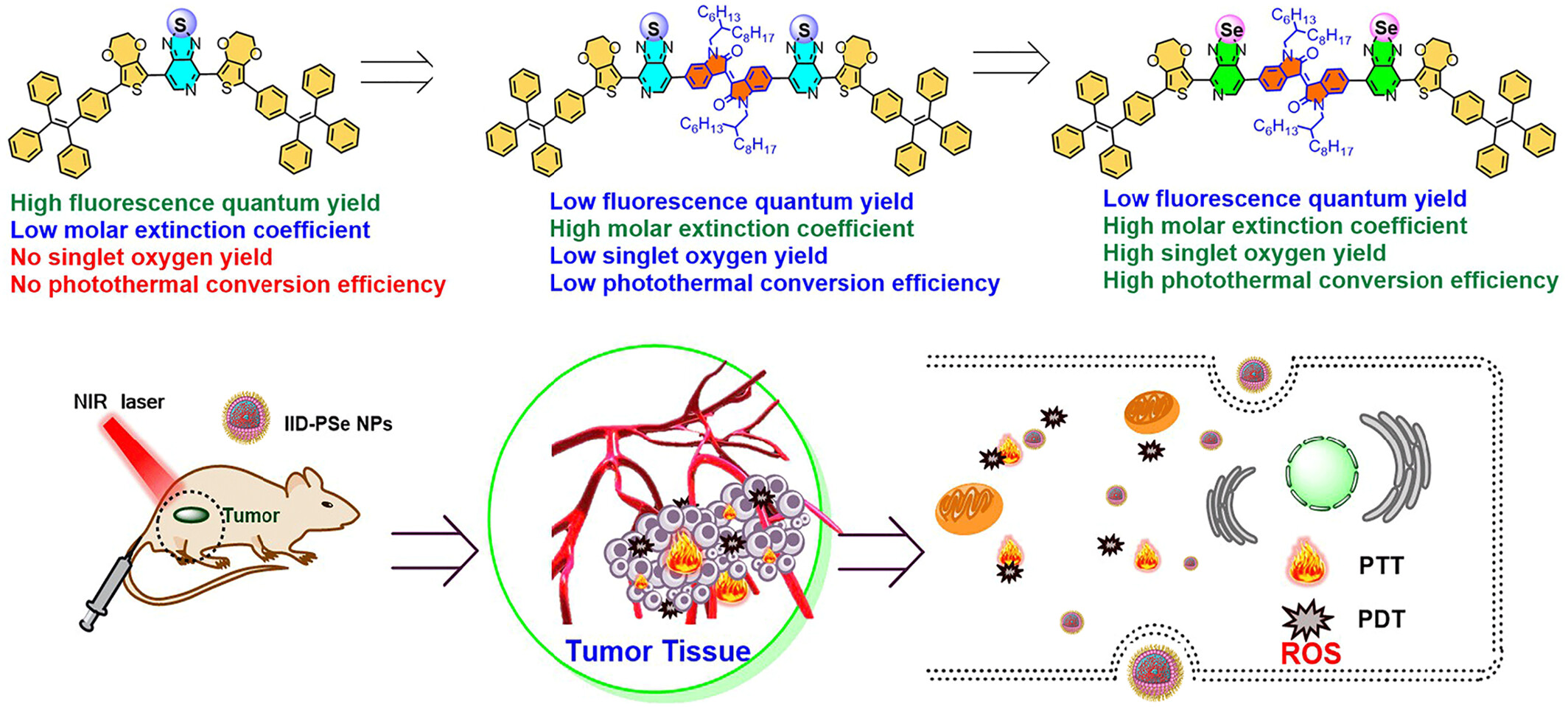
We employed a dual-acceptor engineering strategy to substantially enhance photon-absorption ability and non-radiative decay energy-release process of donor-acceptor type phototherapy molecules. As the optimal phototherapy agent, IID-PSe exhibits high molar extinction coefficient, excellent 1O2 yield and PCE. After encapsulating with DSPE-PEG2000, IID-PSe NPs show excellent anti-tumor phototherapy ability both in vitro and in vivo.
Smart aggregation‐induced emission polymers: Preparation, properties and bio‐applications
- 27 March 2023
Graphical Abstract
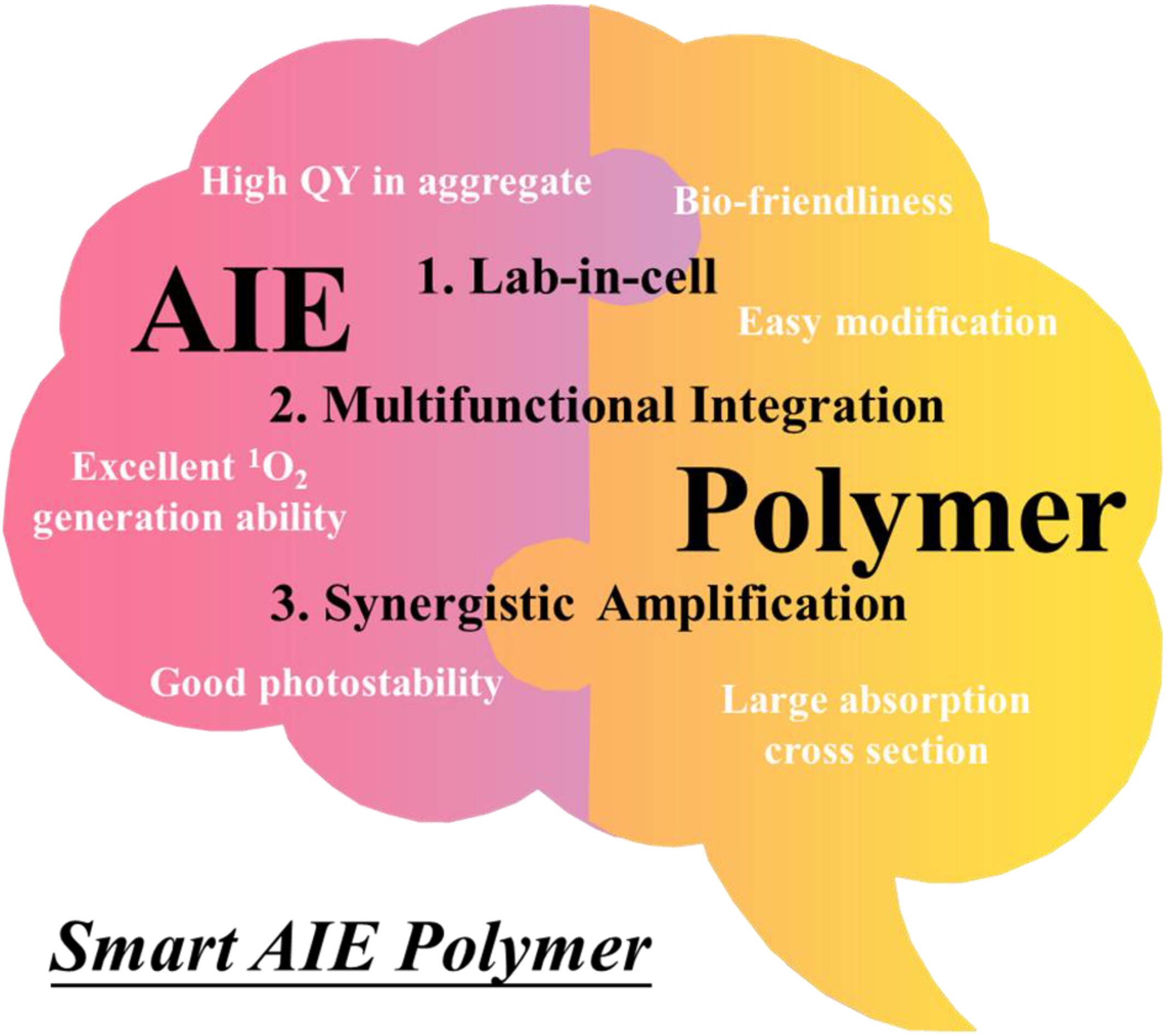
In this review, we briefly summarized the preparation, properties and applications of smart aggregation-induced emission (AIE) polymers in recent years with the emphasis on the advantages of AIE polymers over theri low-mass analogs and some related commercially available low-mass molecules. Meanwhile, the challenges and opportunity in this area are also briefly discussed.
Latest news
Recent issues
- Volume 3, Issue 2June 2025
- Volume 3, Issue 1March 2025
- Volume 2, Issue 4December 2024
- Volume 2, Issue 3September 2024



